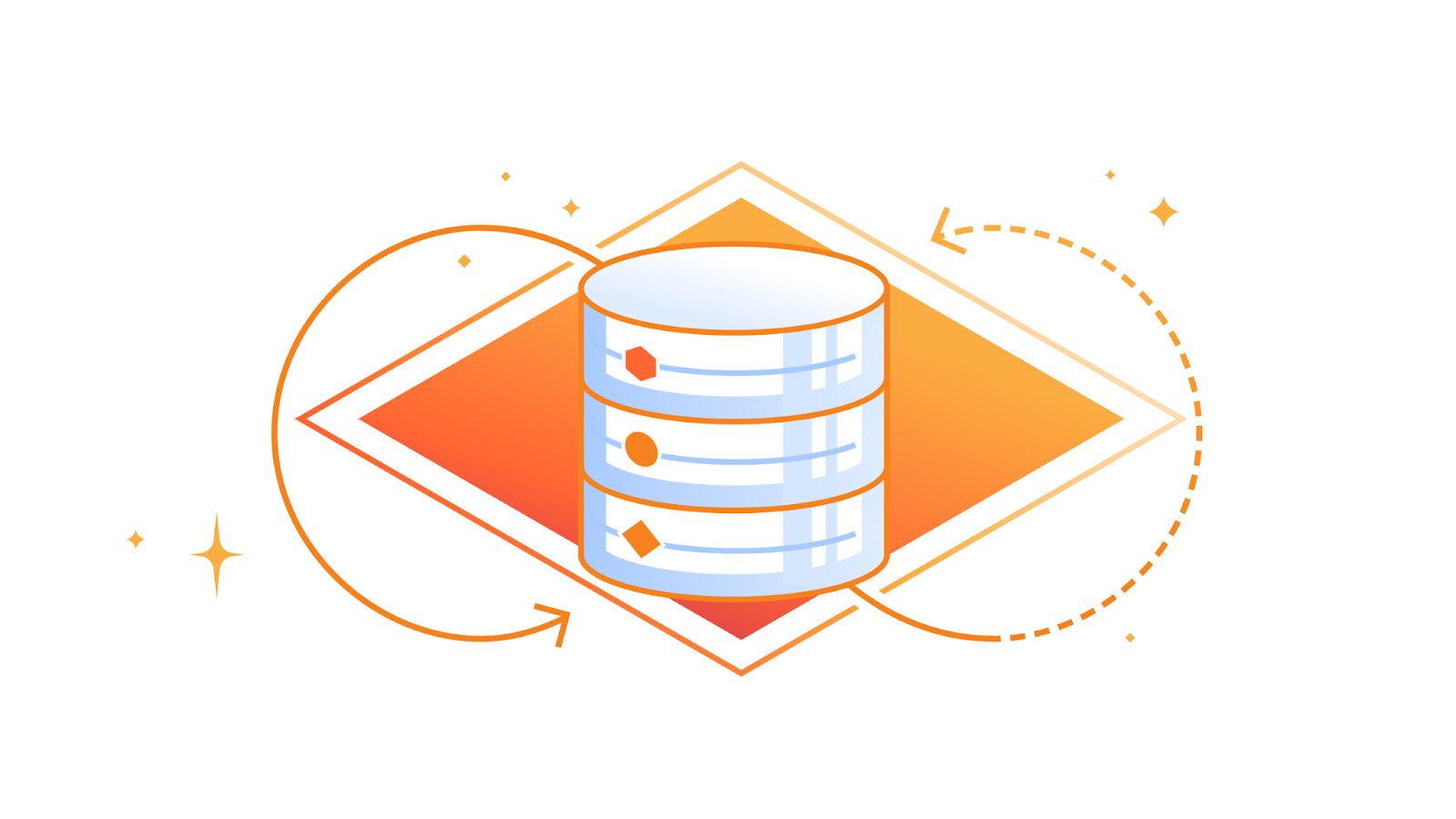Q3 2023 Internet disruption summary
This post is also available in 简体中文, 繁體中文, 한국어, Deutsch, Français and Español.

Cloudflare operates in more than 300 cities in over 100 countries, where we interconnect with over 12,500 network providers in order to provide a broad range of services to millions of customers. The breadth of both our network and our customer base provides us with a unique perspective on Internet resilience, enabling us to observe the impact of Internet disruptions.
We have been publishing these summaries since the first quarter of 2022, and over that time, the charts on Cloudflare Radar have evolved. Many of the traffic graphs in early editions of this summary were screenshots from the relevant traffic pages on Radar. Late last year, we launched the ability to download graphs, and earlier this year, to embed dynamic graphs, and these summaries have taken advantage of those capabilities where possible. Sharp-eyed readers may notice an additional evolution in some of the graphs below: yellow highlighting indicating an observed “traffic anomaly”. Identification of such anomalies, along with the ability to be notified about them, as well as a timeline enhancement (embedded below) to the Cloudflare Radar Outage Center, were launched as Continue reading
Cache Reserve goes GA: enhanced control to minimize egress costs

Everyone is chasing the highest cache ratio possible. Serving more content from Cloudflare’s cache means it loads faster for visitors, saves website operators money on egress fees from origins, and provides multiple layers of resiliency and protection to make sure that content is available to be served and websites scale effortlessly. A year ago we introduced Cache Reserve to help customer’s serve as much content as possible from Cloudflare’s cache.
Today, we are thrilled to announce the graduation of Cache Reserve from beta to General Availability (GA), accompanied by the introduction of several exciting new features. These new features include adding Cache Reserve into the analytics shown on the Cache overview section of the Cloudflare dashboard, giving customers the ability to see how they are using Cache Reserve over time. We have also added the ability for customers to delete all data in Cache Reserve without losing content in the edge cache. This is useful for customers who are no longer using Cache Reserve storage.
We’re also introducing new tools that give organizations more granular control over which files are saved to Cache Reserve, based on valuable feedback we received during the beta. The default configuration of Cache Reserve Continue reading
BGP Labs: Multivendor External Routers
A quick update BGP Labs project status update: now that netlab release 1.6.4 is out I could remove the dependency on using Cumulus Linux as the external BGP router.
You can use any device that is supported by bgp.session and bgp.policy plugins as the external BGP router. You could use Arista EOS, Aruba AOS-CX, Cisco IOSv, Cisco IOS-XE, Cumulus Linux or FRR as external BGP routers with netlab release 1.6.4, and I’m positive Jeroen van Bemmel will add Nokia SR Linux to that list.
If you’re not ready for a netlab upgrade, you can keep using Cumulus Linux as external BGP routers (I’ll explain the behind-the-scenes magic in another blog post, I’m at the Deep Conference this week).
For more details read the updated BGP Labs Software Installation and Lab Setup guide.
BGP Labs: Multivendor External Routers
Here’s a quick update on the BGP Labs project status: now that netlab release 1.6.4 is out, I could remove the dependency on using Cumulus Linux as the external BGP router.
You can use any device that is supported by bgp.session and bgp.policy plugins as the external BGP router. You could use Arista EOS, Aruba AOS-CX, Cisco IOSv, Cisco IOS-XE, Cumulus Linux or FRR as external BGP routers with netlab release 1.6.4, and I’m positive Jeroen van Bemmel will add Nokia SR Linux to that list.
If you’re not ready for a netlab upgrade, you can keep using Cumulus Linux as external BGP routers (I’ll explain the behind-the-scenes magic in another blog post, I’m at the Deep Conference this week).
For more details, read the updated BGP Labs Software Installation and Lab Setup guide.
Cisco Flaw Highlights Dynamic Nature of Vulnerability Management
Updating the IOS XE software and disabling the HTTP Server feature should prevent additional system exploits. But what of the systems that are already infected?Notes from NANOG 89: BGP Error Handling
Distributed routing protocols rely on each active router processing routing updates in an identical manner. Given that there are so many implementation of the BGP routing protocol then the role of a clear standard specification is critical. This extends to the handling of error conditions. What happens when some implementations handle errors in a different manner to all the others?Notes from NANOG 89: Trust and Network Infrastructure
Trust is such a difficult concept in any context, and certainly computer networks are no exception. How can you be assured that your network infrastructure us running on authentic platforms, both hardware and software, and its operation has not been compromised in any way?Accelerate AWS Access with Arista
AWS Cloud WAN Tunnel-less Connect and Arista CloudEOS integrate to accelerate cloud onramp
As cloud and multicloud adoption continue to evolve, public cloud providers like AWS continue to introduce more and more tools for enterprise IT to choose from. For example, customers can deploy a virtual router in a Transit VPC and BGP peer with AWS Cloud WAN to interconnect on-premises networks and AWS VPCs. However, GRE or IPsec tunnels are often required for the BGP peering, adding up the network complexity and increasing operational costs.
7 Strategic Network Automation Steps to Continuously Improve Network Security
Network automation can be strategically used to not only automate network operations tasks and save time, but also continuously improve the security posture of the network.Cache Rules go GA: precision control over every part of your cache

One year ago we introduced Cache Rules, a new way to customize cache settings on Cloudflare. Cache Rules provide greater flexibility for how users cache content, offering precise controls, a user-friendly API, and seamless Terraform integrations. Since it was released in late September 2022, over 100,000 websites have used Cache Rules to fine-tune their cache settings.
Today, we're thrilled to announce that Cache Rules, along with several other Rules products, are generally available (GA). But that’s not all — we're also introducing new configuration options for Cache Rules that provide even more options to customize how you cache on Cloudflare. These include functionality to define what resources are eligible for Cache Reserve, what timeout values should be respected when receiving data from your origin server, which custom ports we should use when we cache content, and whether we should bypass Cloudflare’s cache in the absence of a cache-control header.
Cache Rules give users full control and the ability to tailor their content delivery strategy for almost any use case, without needing to write code. As Cache Rules go GA, we are incredibly excited to see how fast customers can achieve their perfect cache strategy.
History of Customizing Cache Continue reading
netlab 1.6.4: Support for Multi-Lab Projects; More BGP Goodies
Features in netlab release 1.6.4 were driven primarily by the needs of my BGP labs project:
- bgp.session plugin (formerly known as ebgp.utils plugin) got support for BFD, passive BGP peers and remove-private-as option.
- bgp.policy plugin implements basic BGP routing policy tools, including per-neighbor weights, local preference and MED.
- You can enable external tools in user defaults and use default groups to create user- or project-wide groups in the defaults files.
- Version-specific lab topology files allow netlab to select a lab topology that is a best fit for the netlab release you’re running.
Numerous platforms already support the new BGP nerd knobs:
